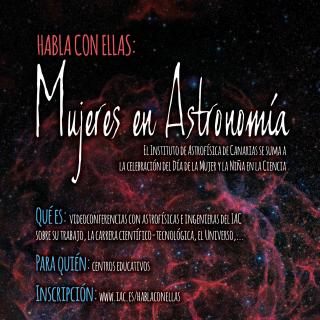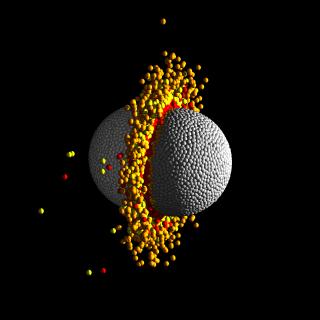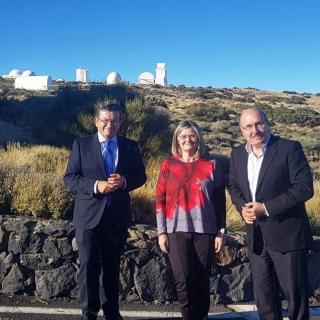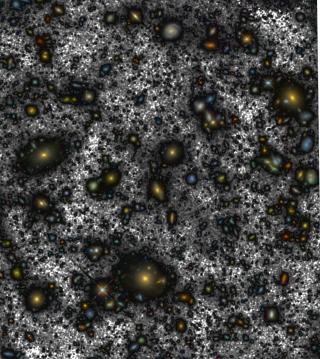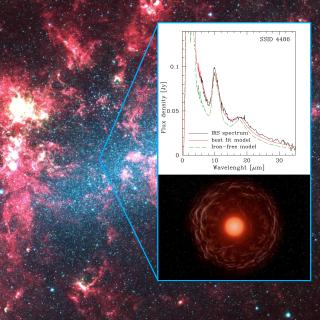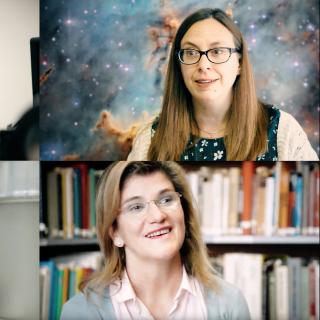
To celebrate the International Day of Women and Girls in Science, we publish the fourth chapter in the audiovisual series “Girls who broke a glass ceiling looking at the sky”. It will be available in the social networks and the video channels (YouTube and Daylimotion) of the Instituto de Astrofísica de Canarias (IAC), and its objective is to continue drawing attention to the work that women in this Institute carry out, and to encourage the youngest girls to opt for scientific and technical careers.
